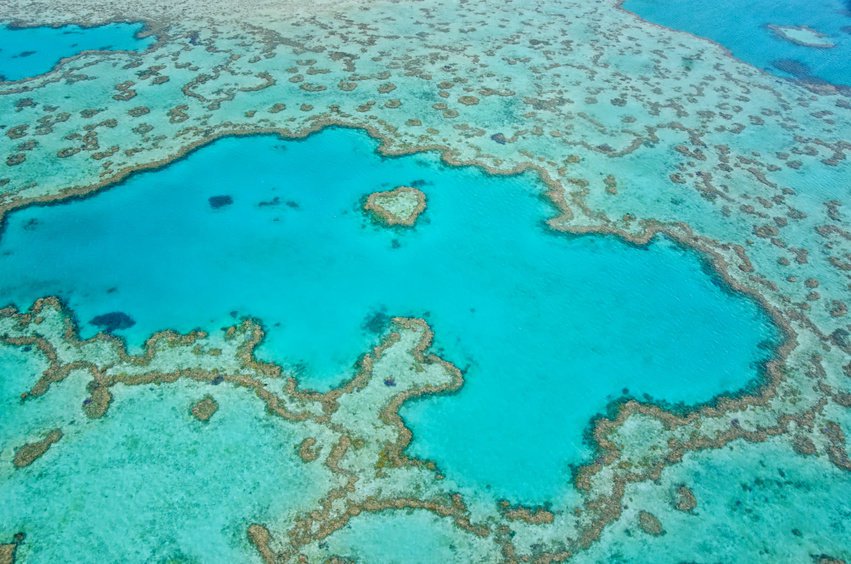James Cook University, University of Sydney and Queensland University of Technology scientists working with laser data from the Royal Australian Navy have discovered a vast reef behind the familiar Great Barrier Reef.
JCU’s Robin Beaman says the high-resolution seafloor data provided by LiDAR-equipped aircraft have revealed great fields of unusual donut-shaped circular mounds, each 200-300 meters across and up to 10 meters deep at the center.
“We’ve known about these geological structures in the northern Great Barrier Reef since the 1970s and 80s, but never before has the true nature of their shape, size and vast scale been revealed,” he said in a statement on the JCU website.
Beaman said it was an astounding revelation and “the deeper seafloor behind the familiar coral reefs amazed us.”
The fields of circular donut-shaped rings are Halimeda bioherms, large reef-like geological structures formed by the growth of Halimeda, a common green algae composed of living calcified segments.
These form small limestone flakes on death, looking much like white cornflakes. Over time, these flakes build up into large reef-like mounds, or bioherms.
Mardi McNeil from Queensland University of Technology and lead author on the new research paper said their extent is vast.
“We’ve now mapped over 6,000 square kilometers. That’s three times the previously estimated size, spanning from the Torres Strait to just north of Port Douglas. They clearly form a significant inter-reef habitat that covers an area greater than the adjacent coral reefs,” she said.
Associate Professor Jody Webster from the University of Sydney said the revelations about the extent of the bioherm field make questions over its vulnerability to climate change even more pressing.
“As a calcifying organism, Halimeda may be susceptible to ocean acidification and warming. Have the Halimeda bioherms been impacted and if so to what extent?”
Beaman said the discovery also opened up many other new avenues of research.
“For instance, what do the 10-20-meter thick sediments of the bioherms tell us about past climate and environmental change on the Great Barrier Reef over this 10,000-year time-scale? And, what is the finer-scale pattern of modern marine life found within and around the bioherms now that we understand their true shape?”
Beaman said future research would require sediment coring, sub-surface geophysical surveys and employing autonomous underwater vehicle technologies to unravel the physical, chemical and biological processes of the structures.


